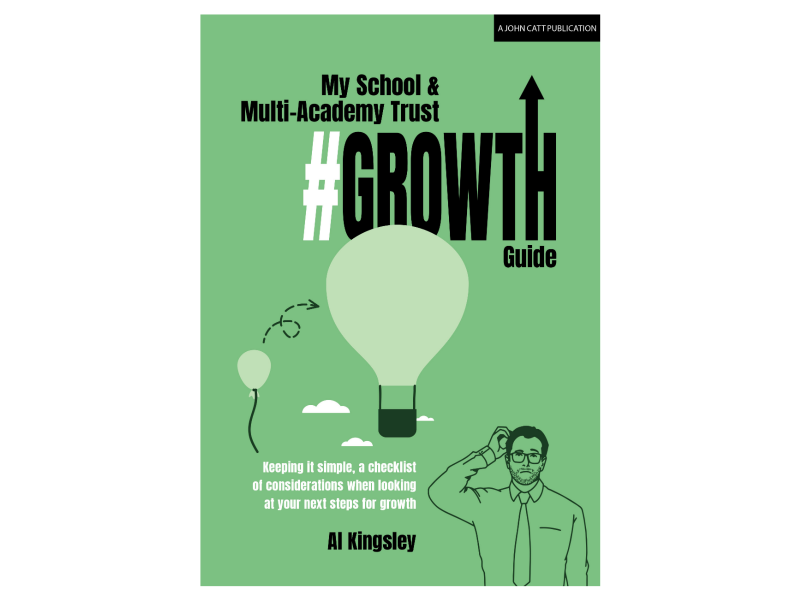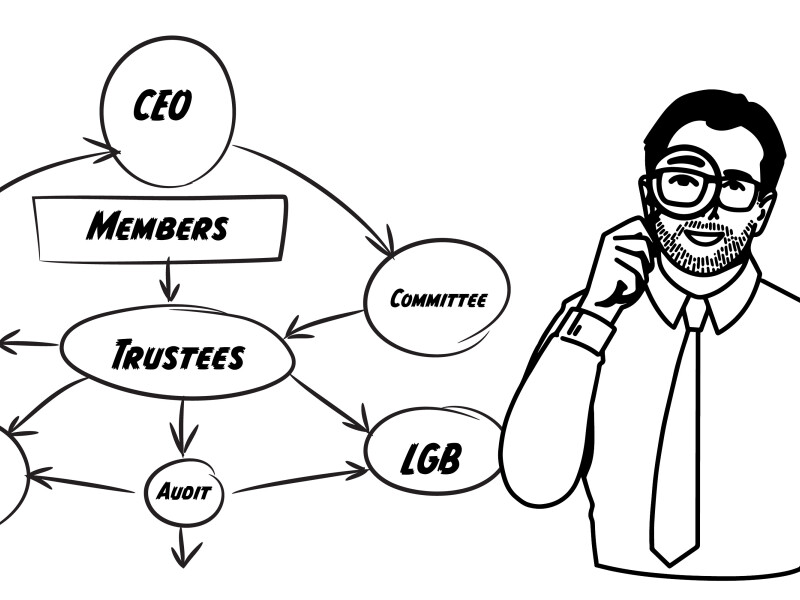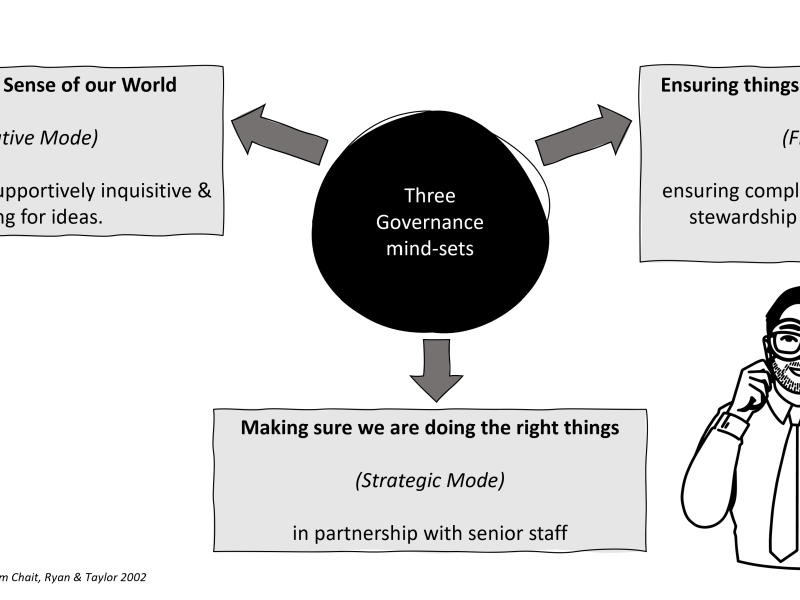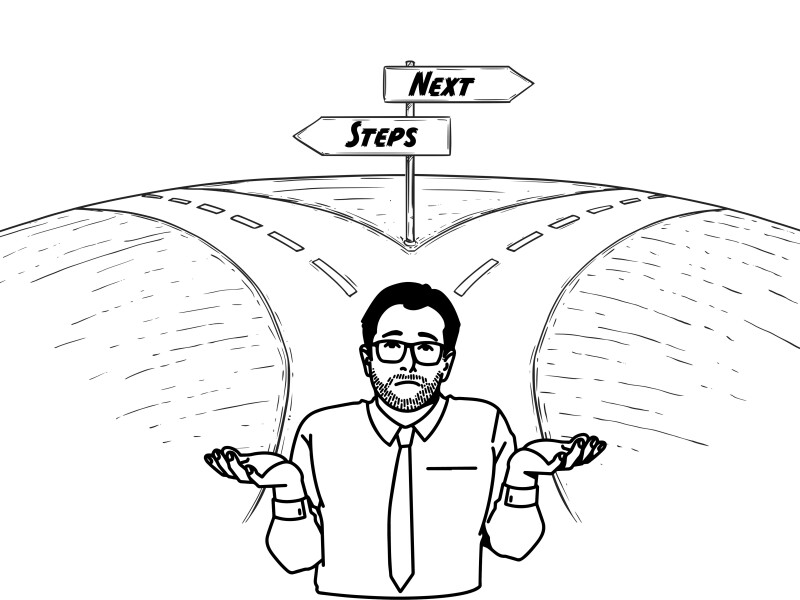Growth... a new school and trust guide

What are your school or trust's current areas for development?
Is it raising standards? Staff recruitment and retention? Maybe developing a new pre-school provision?

Author Al Kingsley argues that for many of these core strategic conversations the narrative must also include growth: whether that's joining a trust, expanding a trust or setting up a new on-site provision at your school.
His latest book provides a checklist of considerations for looking at any type of growth - whatever the shape or size.
We recently caught up with Al to find out more about the book and how it might help you and your board’s strategic conversations this year.
Al, please can you tell me a bit more about the new book and who it’s for?
I can - it’s called ‘My School & Multi-Academy Trust Growth Guide’ and the catalyst for the book was originally the white paper and its expectations that all schools would move into the academy system by 2030.
Whilst the Schools Bill, which would have introduced several aims of the white paper into legislation, has been scrapped - these strategic conversations about where your school or trust is heading remain important. Whatever your setting, it’s something governors, trustees and senior leaders should still be talking about.
I’m also frequently asked about growth so it seemed like a good idea to bring all of the relevant information together in one place - all of the pathways that are available for a school - and then put down all of the relevant questions and considerations in terms of the opportunities and risks.
However before you talk strategically about growth, you do need to be having the right conversations about where your school or trust is currently at - be it repair mode or sustain mode - and whether this question of growth should even be on the table.
I suppose most people thinking about growth will automatically think of multi-academy trusts taking on new schools?
The book actually looks at all of the different pathways out there. With that in mind, I suppose when we’re talking about growth the first question for me has to be, ‘Why do we want to grow? What’s the best route to do that?’ and for some, growth can be really quite small.
It might be a rural primary school adding nursery provision or an extra form of entry. It might be a secondary school that decides to extend a sixth form provision or a cluster of LA schools working more closely together. Growth also involves these kinds of important conversations.
I’m not saying that every school should chase a growth strategy simply because they feel they should, rather that it’s likely already part of their school improvement strategy. The book includes those first questions to ask about what the strengths and weaknesses are for your school right now plus the opportunities and threats.
Sadly I should mention that for some schools, the choice isn’t theirs. If you’re a long-term poor performing school (double requires improvement grading by Ofsted) the choice is taken away and you’re required to join a MAT. But even then, there’s still considerations about what’s the right fit and what we’re hoping to achieve beyond the obvious mitigation of some short-term problems.
I’ve probably referenced 20 different school and trust strategy documents that are linked in the book for people to access and share
What kind of barriers do you see come up in some of these conversations about growth?
For some LA schools, there is a wariness around trusts because they can be seen as a homogenous group. However if we take the spirit of ‘no two schools are the same’, it’s perfectly reasonable to say that ‘no two trusts are the same’. Every MAT has its own ethos and way of operating.
From a governance perspective that means its own scheme of delegation of where accountability and responsibility sits and some trusts will be a good fit for one school, but not others. Many trusts encourage, support and nurture the unique identity of each school and yet for others there might be more standardisation - but off the back of that, they can leverage benefits with economies of scale which can mean there’s more in the pot for teaching and learning and experiences.
This book won’t give you the answer and tell you what to do and how to grow but it will give you all of the options and it lists the questions you should be discussing as a leadership group together in your school or trust. From that, you will draw your own conclusion about what’s right for your school or trust.
It’s important to have these conversations and to do so from an informed position where you understand all of the possible pathways to growth for your school and trust and all of the different opportunities available to you.
The book also includes case studies of MATs that have grown and what have been the drivers for them
What do you find are the main drivers for growth?
For some schools the driver is, ‘What’s everybody else doing? Are we going to be left behind? Will all schools join MATs and we’ll be left with no choice?’.
Then there is what I reference as the elephant in the room. The decision is obvious but the timing is only ever triggered when there’s a change of leadership. Being honest, the headteacher of a local authority school may be really keen on the independence they have and when that leadership changes it’s a natural time to look at other options and possible areas of collaboration.
How trusts schools work together can be a driver too. Something we did in our trust is talk about how far away other schools can be geographically in order to still benefit from economies of scale and best practice, so for instance - can a member of staff be timetabled across both schools?
If your schools are a hundred miles apart, you start to lose those kind of benefits but that’s where we start to see larger MATs develop a cluster model where they’ll have a cluster of schools in one area acting almost like a small MAT but with the benefit of also being part of a larger trust.
So, for some trusts it’s thinking about distance and thinking about what they’re trying to achieve and the areas they want to improve. I visited lots of MATs for the book all with various different growth strategies borne out of different priorities.
Capacity is probably another key one. If you’re a trust of five schools and you’d like to become 25, capacity is an issue. You’ll need to do your due diligence and make sure you don’t take your eye off the ball with your existing schools. It may be that, no matter what your aspirations are, you can only look to add one school a year to do the job right.
There are so many different variables and the information is out there - but much like my previous books - I wanted to put it all in one place so people can go through it, sit down together and discuss the pros and cons and decide what’s right for their school or trust.
Finally, your second book, which is a guide to governance, has gone down really well, hasn’t it? There was obviously a need for this style of easy-to-read handbook.
Yes - unfortunately the term’s been trademarked but otherwise I would have used, ‘The Idiot’s Guide to Governance’ but the idea was essentially the same - to keep it simple and perhaps inform those looking to become governors but also support those currently in the role to understand it better.
No matter where you are in your governance journey, it’s really handy just to have a key reference of all those important things - those useful dates during the year, those checklists etc. I’ve been genuinely very surprised and humbled by the feedback and lovely comments I’ve received about the book.











Post your comment
Comments
No one has commented on this page yet.
RSS feed for comments on this page | RSS feed for all comments